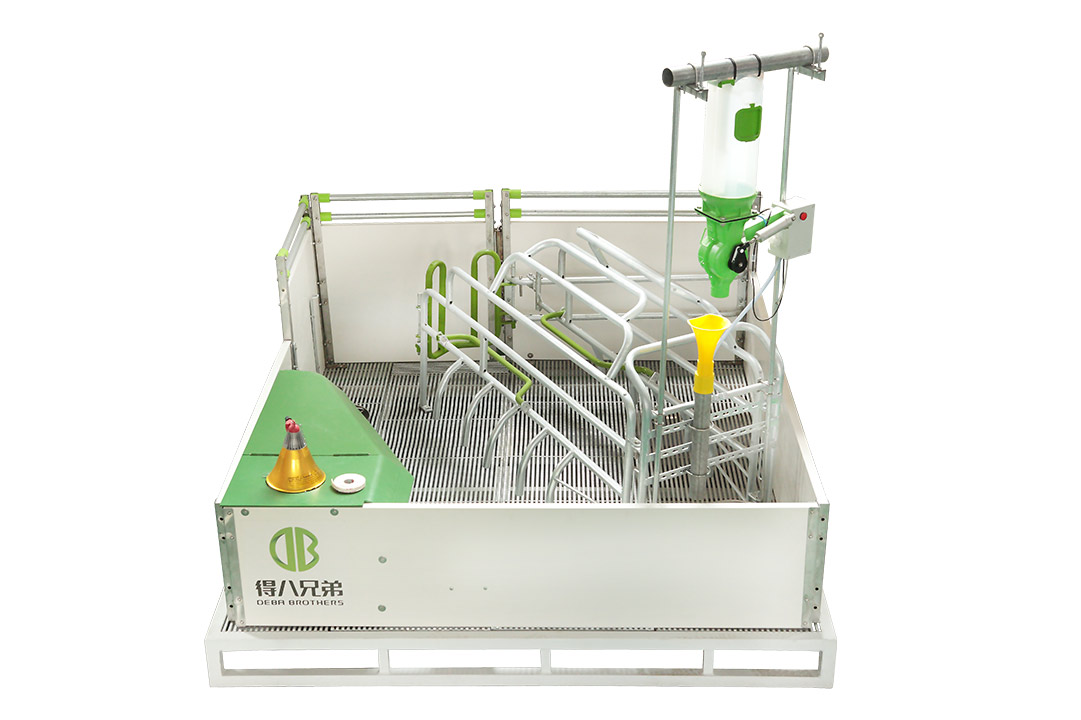Understanding the Importance of Farrowing Crates in Modern Pig Farming
2025-04-09
In the world of modern pig farming, farrowing crates play a critical role in ensuring both productivity and animal welfare. These specially designed enclosures are used to house sows and their piglets during the farrowing and lactation period. While they have been a subject of debate, their advantages in protecting piglets and managing large-scale operations are widely recognized.
What is a Farrowing Crate?
A farrowing crate is a metal enclosure that confines a sow while providing space for her piglets to move freely. It is typically set up within a larger pen area and is designed to prevent the sow from accidentally crushing her piglets, which is a common risk during the first few days after birth. The crate allows the sow to lie down and nurse, but limits her movement to protect her offspring.
Benefits for Piglets
One of the main reasons farrowing crates are used is to reduce piglet mortality. Piglets are extremely vulnerable after birth, and many die from being accidentally laid on or stepped on by the sow. The crate acts as a safeguard, giving piglets access to the sow for nursing while keeping them out of harm’s way. In addition, most farrowing crate setups include heated creep areas for piglets, which help them maintain body temperature and thrive during the early days of life.
Benefits for Farmers
Farrowing crates offer numerous advantages to farmers. They help streamline the management of sows and piglets, making it easier to monitor health, provide medical care, and control feeding. For large-scale operations, farrowing crates are essential for maintaining consistency and maximizing survival rates across litters. They also contribute to better hygiene and biosecurity, as waste is typically separated from the living area and can be cleaned efficiently.
Welfare Considerations
Although farrowing crates provide many practical benefits, animal welfare advocates have raised concerns about the restriction of movement for the sow. In response, researchers and producers have been working to develop alternatives and improvements that balance piglet safety with sow comfort. Innovations include adjustable crates and loose housing systems with protective barriers, aiming to improve welfare without compromising piglet survival.
Future Outlook
The use of farrowing crates is likely to continue evolving as the industry seeks to meet both productivity goals and higher animal welfare standards. As consumer awareness grows, so does the demand for ethical farming practices. This drives ongoing research into more humane designs and farming systems that can deliver strong outcomes for both animals and farmers.
Conclusion
Farrowing crates have become an essential tool in modern pig farming. While they present some welfare challenges, their role in reducing piglet mortality and supporting efficient farm management cannot be overlooked. With continuous innovation and an open dialogue between producers, researchers, and animal welfare groups, the future of farrowing crate use looks to be more balanced and humane.



